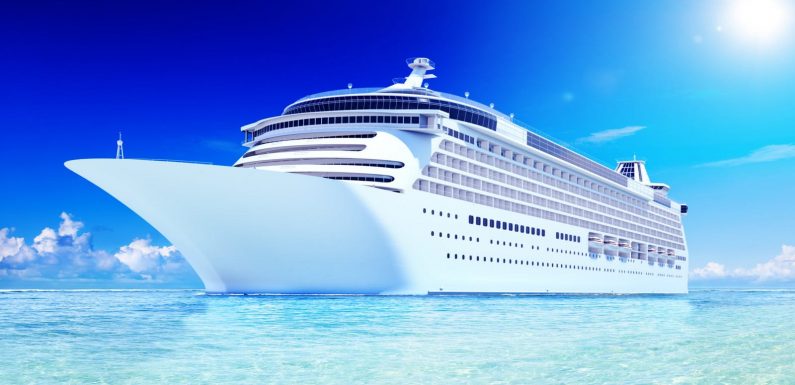
The U.S. Centers for Disease Control and Prevention finally issued Friday the next phase of its Framework for Conditional Sailing Order, the guidance that will lead to getting cruise ships sailing again in U.S. waters.
The initial conditional sailing order came out in late October, and cruise operators have been waiting for further guidance since.
Recent calls by the cruise industry and other segments of the travel industry have urged the CDC not to wait any longer to hasten cruising’s U.S. return. Cruise ships have been unable to sail in U.S. waters for more than a year due to the coronavirus pandemic despite voyages elsewhere around the globe.
In an announcement late Friday, the CDC said the second phase of the order will include trial voyages to practice new COVID-19 operational procedures with volunteers before sailing with paying passengers.
Fully vaccinated against COVID-19? CDC says it’s safe to travel but still recommends staying home
The CDC update, which is described in a news release as “technical guidance,” includes a requirement to increase cruise COVID-19 reporting frequency to daily. It also updates a color-coding system used to classify ships related to COVID-19 and addresses routine testing of crew based on a ship’s color.
It also further clarifies lab parameters and COVID-19 testing options.
What it doesn’t do is offer clarity on when cruise ships can start sailing again in U.S. waters again.
“Cruising safely and responsibly during a global pandemic is difficult,” the CDC said in a news release. “While cruising will always pose some risk of COVID-19 transmission, following the phases of the CSO will ensure cruise ship passenger operations are conducted in a way that protects crew members, passengers, and port personnel, particularly with emerging COVID-19 variants of concern.”
Passenger ships still won’t be sailing anytime soon
Major cruise lines have delayed their restart dates multiple times since the October conditional sailing order was issued as they waited for further guidance from the CDC.
Cruise cancellations: The latest status updates from each cruise line
Since then, the industry has been working with the CDC on a plan for resuming operations. In doing so, it has overhauled nearly every facet of the cruising experience, including boarding procedures, dining, entertainment, port calls and less glamorous but essential areas like sanitation and ventilation and quarantine procedures. Those changes will be mandatory for every member line ship of Cruise Lines International Association that can carry 250 passengers or more.
But lines were still waiting to learn which specific benchmarks they have to meet in order to carry paying passengers again.
The cruise industry in the U.S. now been idle for a full year and nearly half a year has gone by since the first phase of the CDC’s conditional sailing order came out. Much has changed in that time – most notably, the increasing number of vaccinated people, noted Kelly Craighead, CEO of Cruise Lines International Association, which represents 95% of ocean-going cruise capacity, in a late March statement.
“The outdated CSO, which was issued almost five months ago, does not reflect the industry’s proven advancements and success operating in other parts of the world, nor the advent of vaccines, and unfairly treats cruises differently,” she said.
As of Friday, the CDC estimates that more than 56 million or about 17% of Americans have been fully vaccinated and nearly 100 million or 30% of the population have gotten at least one dose.
Several cruise lines have already announced they will require passengers to be fully vaccinated in order to sail – at least on some sailings – including Royal Caribbean, Virgin Voyages and Crystal Cruises, though the proof of vaccination required may vary by line.
Tracking COVID-19 vaccine distribution by state: How many people have been vaccinated in the US?
Vaccine passports: How to prove you’ve gotten your COVID-19 shots for travel and avoid scams
Source: Read Full Article









